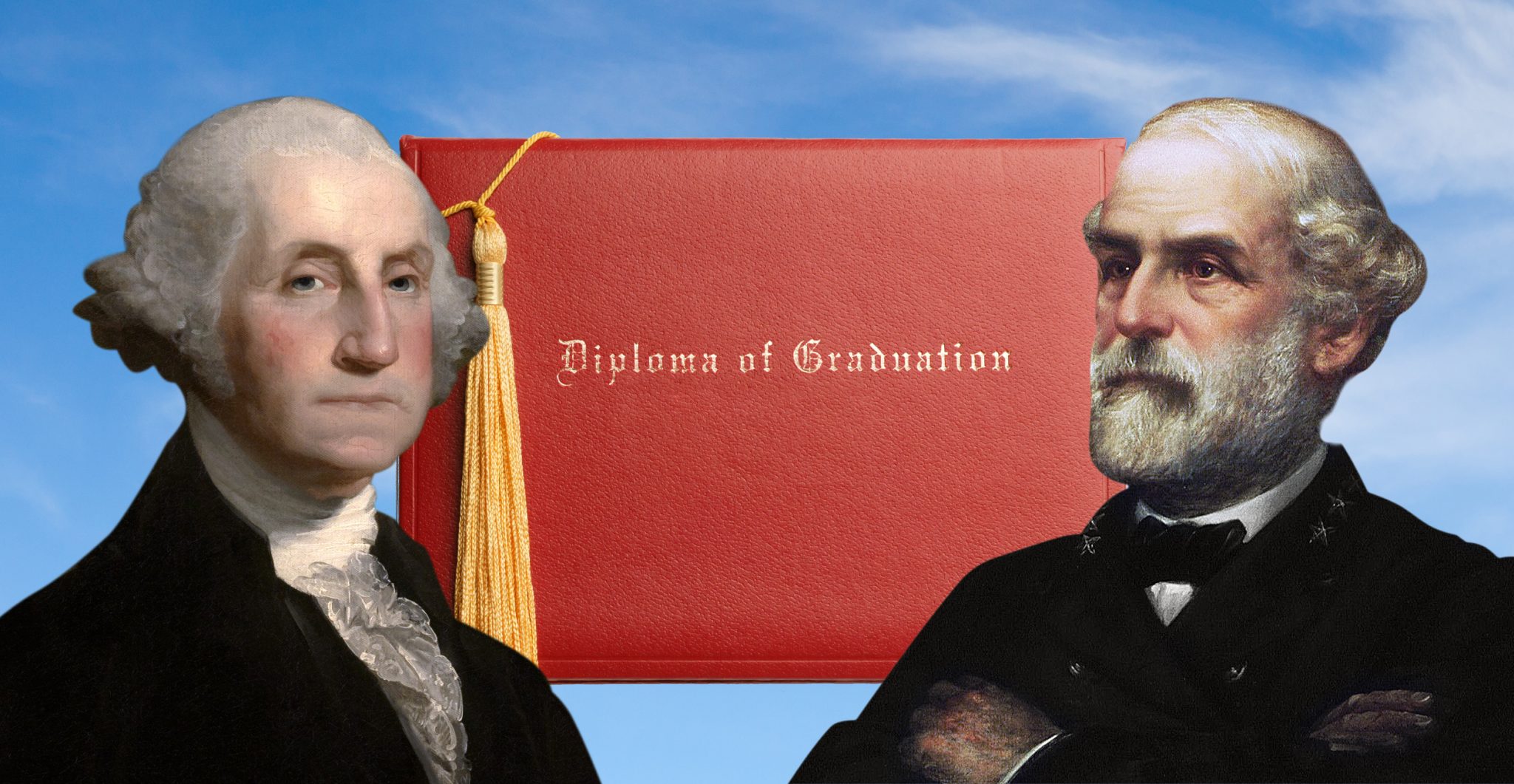At Washington and Lee University, namesakes George Washington and Robert E. Lee find themselves in some heat. Some people believe the old adage that insists if we do not remember and heed our history, we are doomed to repeat it. And that the actions of people who lived hundreds of years ago cannot be measured by the standards we subscribe to today.
Others believe if that history includes depictions of individuals who words or actions prove offensive to modern society, however that may be perceived by different people, they have no place in modern life, particularly in institutes of higher learning.
Those two beliefs have come into conflict at Washington & Lee University in Lexington, Virginia, which has traditionally put pictures of two significant American figures, George Washington and General Robert E. Lee, on its diplomas at graduation time. Some law students, however, are arguing that those images have no place at the university, as both men owned slaves.
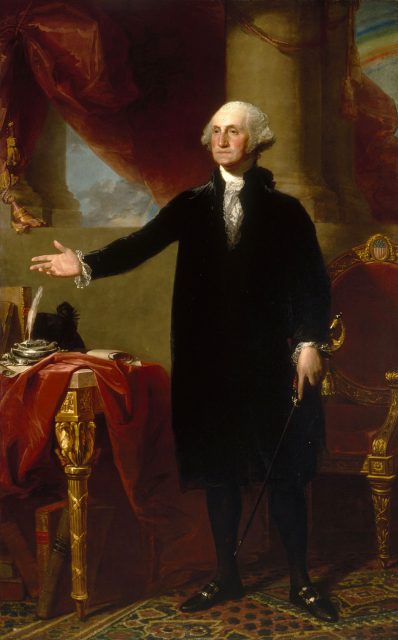
And Lee, of course, was a principal player in the American Civil War, during which he fought for the South. It is not simply students who have raised the issue; some faculty, and even some alumni, agree the pictures should be removed. Several hundred people have signed a petition that supports the optional removal of the portraits.
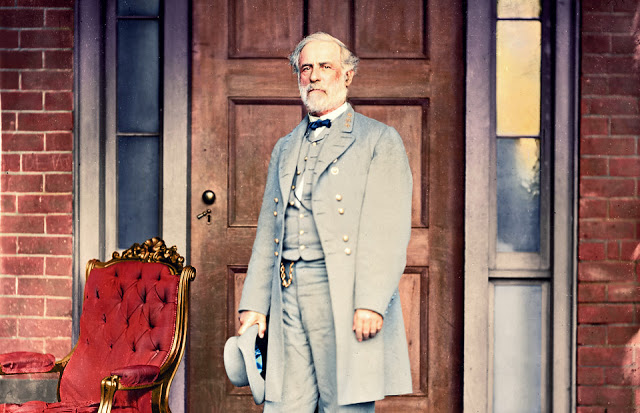
It reads, “Given the aftermath of the 2017 ‘Unite The Right’ rally in Charlottesville, and the heightened awareness of making Washington & Lee an inclusive and compassionate environment for all students, we believe this request provides alumni the ability to honor their alma mater without the presence of portraits that some may find controversial or offensive.”
“The goal of establishing this option,” reads the petition, “is to create a diploma that alumni are proud to prominently display in their homes and places of work.”
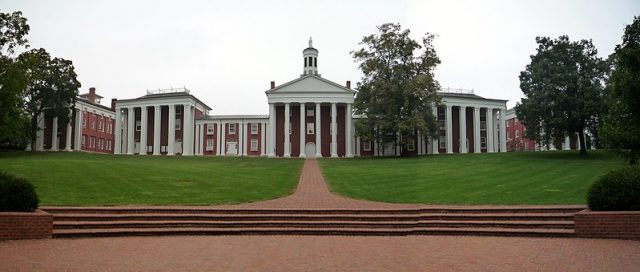
Robert Edward Lee (January 19, 1807 – October 12, 1870) is usually the figure that sparks the most tension. He was an American and Confederate general, best known as the commander of the Confederate States Army. He personally commanded the Army of Northern Virginia from 1862 until it surrendered in 1865.
He was the son of Revolutionary War officer Henry “Light Horse Harry” Lee III. Robert became a top graduate at the United States Military Academy and an exceptional officer and military engineer in the Army for 32 years. He served throughout the US, distinguishing himself during the Mexican–American War, and later served as Superintendent of the United States Military Academy. He was also married to Mary Anna Custis Lee, adopted great granddaughter of none other than George Washington.
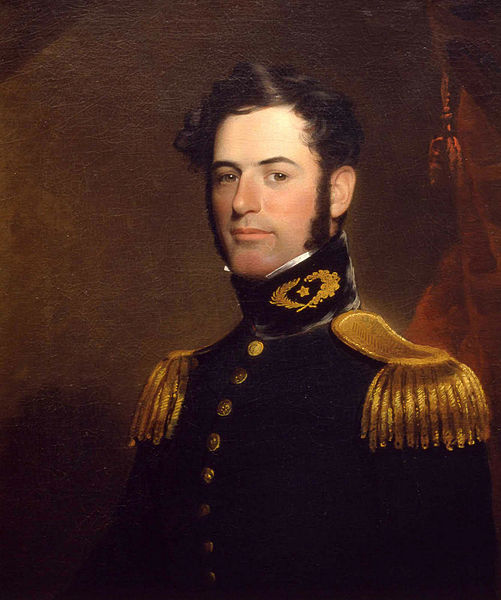
When Virginia declared secession from the Union in 1861, deep loyalties led Lee to follow his home state, despite his desire for the country to remain whole. He was even offered command of the Union armies before he chose to go the way of Virginia. Once he took command of the Army of Northern Virginia in 1862, he emerged as an able battlefield tactician and commander. Under his command the army won most of its battles, nearly all against far larger Union forces.
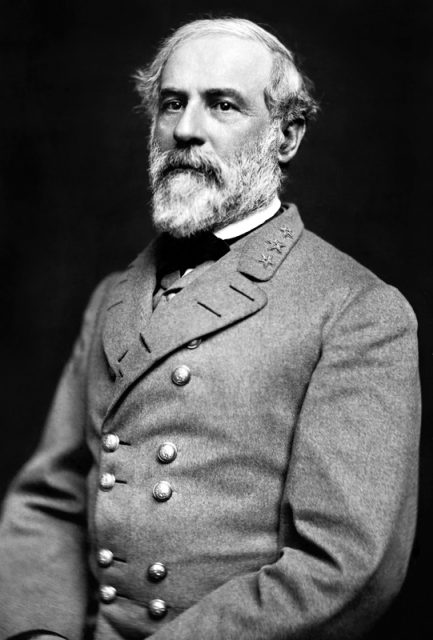
However, what many view as costing his side the war, Lee’s two major strategic offensives into Union territory ended in total defeat. His aggressive tactics, most notably at the Battle of Gettysburg, resulted in devastatingly high casualties at a time when the Confederates were dangerously short of manpower.
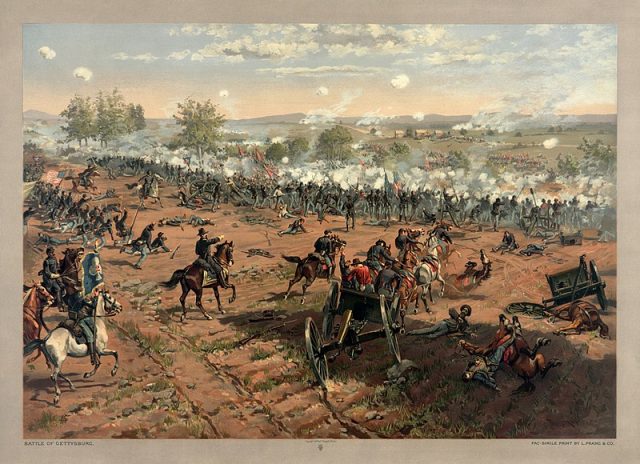
Lee surrendered what remained of his army to Ulysses S. Grant on April 9, 1865. He rejected proposals of his subordinates elsewhere in the land of a sustained insurgency against the Union and called for a national reconciliation.
In 1865, Lee became president of Washington College (later Washington and Lee University) in Lexington, Virginia. During this time he supported reconciliation acts between the North and South. He accepted the end of slavery provided for by the 13th Amendment. However he opposed racial equality and granting African Americans the right to vote and other political rights. Lee passed away in 1870. In 1975, U.S. Congress posthumously restored Lee’s citizenship effective June 13, 1865.
Nowadays removal of statues and photographs of him is a topic of debate in many towns and cities around Virginia and other southern states. But the petition suggests that omitting the images is entirely up to each graduate, and is not something to which all students will be forced to capitulate.
Related Article: San Francisco School to Cover Controversial George Washington Murals
This change is not the only one being pondered by the university to get in step with modern attitudes and 21st century thinking. Officials at the school are considering moving from sheepskin diplomas to a different fabric, perhaps paper, which would be more environmentally friendly.
Although at the time of this writing a final decision on the removal of the men’s names had not been announced by the school, it seems likely to pass.
